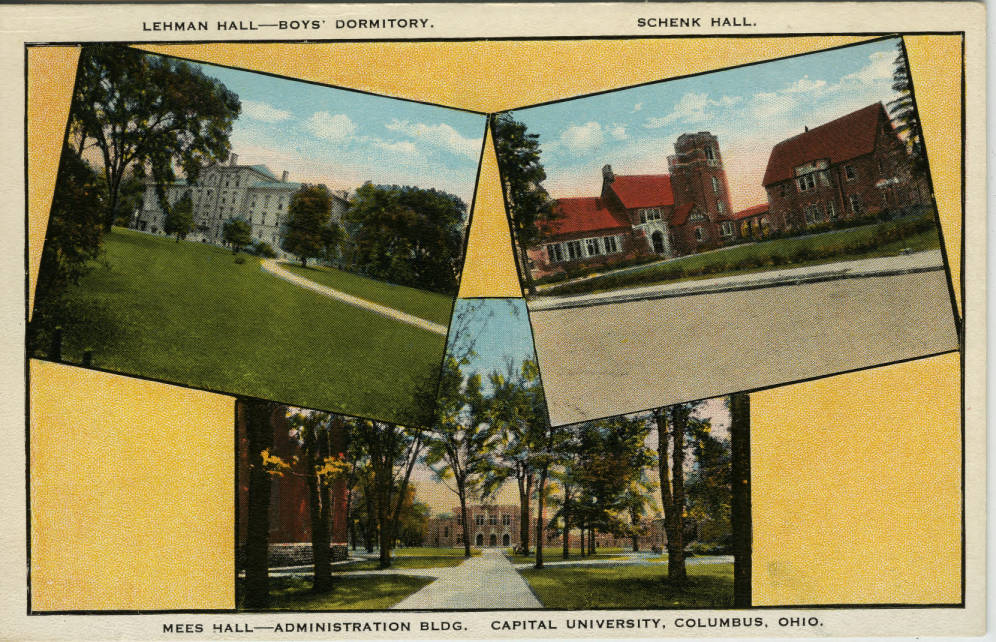Bexley Public Library will be closed on Wednesday, December 24th, and remain closed on Thursday, December 25th for the Christmas Holiday
Skip Hours-Display 2024 widget
Today's hours
Closed
Bexley Public Library will be closed on Wednesday, December 24th, and remain closed on Thursday, December 25th for the Christmas Holiday

